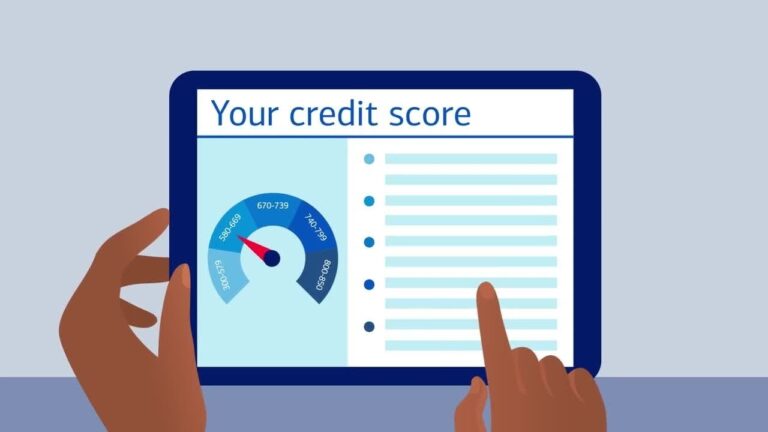Internetchocks: Understanding the Concept of Digital Pauses
In the modern world, almost everything we do is tied to the internet. From work and education to entertainment and communication, the online space shapes our daily routines. But sometimes, constant connectivity brings more problems than benefits. This is where the idea of internetchocks becomes important. The term refers to systems, tools, or strategies designed to strategically pause, delay, or restrict online activity for reasons of safety, quality, or control.
Though the phrase might sound new, the principle behind internetchocks is not. It is about creating controlled breaks in digital activity to protect users, improve performance, and encourage responsible use. In this blog, we will explore what internetchocks mean, why they matter, where they can be applied, and how they might shape the future of online experiences.
What Does Internetchocks Mean?
At its core, internetchocks are mechanisms that intentionally interrupt or limit internet use. Unlike sudden outages or technical failures, internetchocks are purposeful and planned. They work like a digital brake, allowing systems, networks, or individuals to slow down online actions when needed.
Think of them as digital speed bumps. Just as speed bumps on roads are not meant to block traffic but to encourage safe driving, internetchocks are not designed to stop the internet but to create pauses that encourage safer, more thoughtful, and more balanced online behavior.
Why Internetchocks Are Becoming Necessary
The demand for internetchocks is rising because the online world is not always safe or efficient. Let’s explore a few reasons why these digital pauses are valuable.
1. Preventing Overuse and Addiction
One of the biggest challenges today is digital addiction. Many people spend hours scrolling endlessly without realizing it. Internetchocks can introduce scheduled breaks, reminding users to step back from the screen, take rest, or engage in offline activities.
2. Enhancing Cybersecurity
Unrestricted internet access can expose users and organizations to risks. Internetchocks act as a safeguard, pausing activity during suspicious behavior or limiting access to harmful sites. This reduces chances of data theft, phishing attacks, and malicious downloads.
3. Improving Productivity
Workplaces struggle with distractions caused by social media and non-work browsing. With internetchocks, organizations can temporarily block or restrict access during working hours, ensuring focus on priority tasks.
4. Protecting Young Users
Parents often worry about what their children access online. Internetchocks allow caregivers to set boundaries, such as pausing internet activity during homework time or blocking inappropriate websites at certain hours.
5. Reducing Digital Overload
Constant notifications, messages, and updates overwhelm the human mind. By using internetchocks, individuals can reduce digital noise and regain mental clarity.
Examples of Internetchocks in Practice
Although the word itself may sound new, many existing systems already work like internetchocks. Here are some examples:
- Parental control software that limits internet use at bedtime.
- Workplace firewalls that block entertainment websites during office hours.
- Wellness apps that lock social media after a set screen-time limit.
- Network regulators that throttle heavy data consumption to maintain fair usage for all users.
Each of these examples highlights how internetchocks can be implemented in different ways to manage online activity responsibly.
Types of Internetchocks
Not all internetchocks are the same. They can be categorized based on purpose and method.
1. Time-Based Internetchocks
These pauses are linked to schedules. For instance, an app might allow only two hours of streaming per day and then automatically cut off access.
2. Content-Based Internetchocks
Here, certain types of content—such as violent games or adult websites—are restricted. This type is common in parental controls and educational institutions.
3. Behavior-Based Internetchocks
These systems respond to user behavior. For example, if someone spends too long scrolling a single app, it triggers a break reminder or temporary lock.
4. Network-Based Internetchocks
At the service provider level, these pauses can be introduced to balance bandwidth usage, reduce server stress, or stop potential cyberattacks.
Benefits of Using Internetchocks
Adopting internetchocks can bring several advantages for both individuals and organizations.
- Encourages healthier digital habits by reducing excessive screen time.
- Protects sensitive data by pausing activity when risks are detected.
- Boosts focus and efficiency in learning and working environments.
- Supports parents and educators in managing young people’s internet use.
- Improves online quality of service by balancing network loads.
Ultimately, internetchocks create balance in a digital era where balance is often hard to find.
Challenges and Concerns with Internetchocks
Like any system, internetchocks also come with potential drawbacks.
- Over-Restriction – Too many pauses might frustrate users, making them feel controlled or limited.
- Privacy Issues – Monitoring user behavior to apply internetchocks can sometimes lead to concerns about surveillance.
- Dependence on Technology – Relying too much on external controls might stop individuals from learning self-discipline.
- Compatibility Problems – Not all devices, apps, or networks can smoothly integrate internetchocks.
To make internetchocks effective, these challenges need careful consideration.
The Future of Internetchocks
As digital life grows more complex, internetchocks will likely evolve. We can expect advanced tools that use artificial intelligence to predict when users need breaks, or systems that adapt to personal habits rather than applying rigid rules.
In workplaces, internetchocks might integrate directly into productivity suites, ensuring employees stay focused without feeling restricted. For families, internetchocks may become part of smart home systems, automatically adjusting based on routines.Governments and internet providers may also adopt internetchocks to improve cybersecurity, reduce harmful content, and ensure fair internet usage.
How to Apply Internetchocks in Daily Life
If you want to introduce internetchocks into your own life, here are some simple steps:
- Use screen-time management apps that let you set daily usage limits.
- Turn off non-essential notifications during work or study hours.
- Apply website blockers to avoid distractions.
- Schedule offline breaks such as walking, reading, or exercising.
- Educate children about balanced internet use alongside using parental controls.
By practicing small forms of internetchocks, anyone can enjoy a healthier and safer digital lifestyle.
Conclusion
The idea of internetchocks may sound new, but its relevance is already visible in our daily lives. As a system of strategic pauses, it helps prevent overuse, enhances safety, improves productivity, and supports healthier online habits. While challenges like over-restriction and privacy concerns exist, the benefits of internetchocks make them an essential part of the digital future.
In a world where online life often moves too fast, internetchocks act as a necessary brake—helping us slow down, stay safe, and make the internet work for us, rather than against us.






